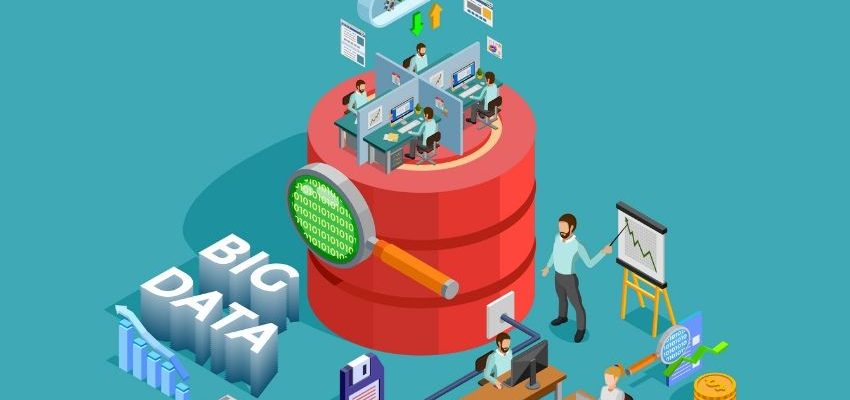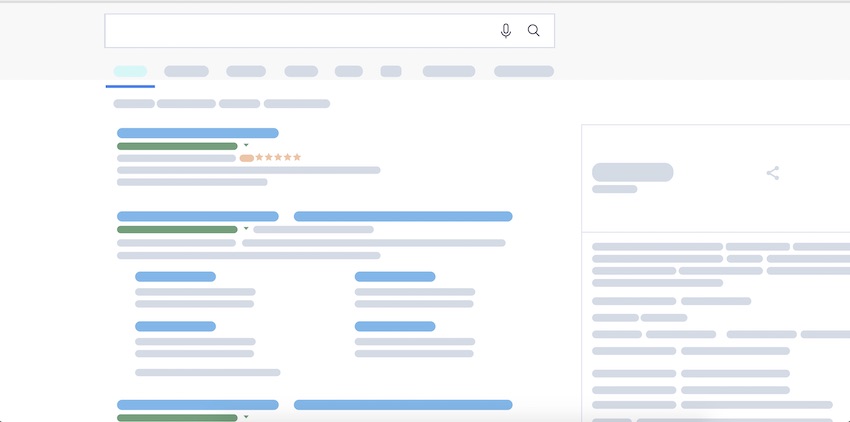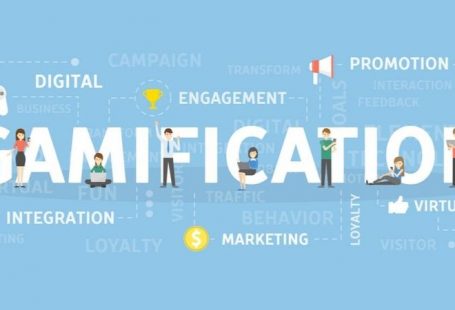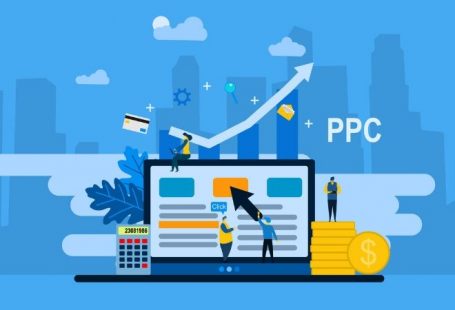“Big Data” is a term that refers to massive amounts of digital information generated by users, typically over 50 terabytes. To put this into perspective, let’s consider the fact that a modern PC’s hard disk capacity is less than one terabyte.
The easiest way to understand this concept is to compare it to that of the “digital fingerprint”. The average Internet user not only consumes information online, but also shares, knowingly or unknowingly, a lot of information relevant to himself or herself at all times.
For example, in almost all web applications the registration form asks for personal data such as age, gender, preferences, etc. But that is just the starting point of Big Data. Through cookies (temporary files), websites gather visitors’ surfing behavior and can also trace the origin of traffic or the visits they get.
To select, aggregate and analyze this vast amount of information and variables (that continue to grow and become more complex every day), powerful, specialized software is required. Currently, many digital marketing platforms integrate Big Data analyses into their tools.
What is Big Data used for?
As a whole, all of this information takes massive characteristics that allow for the recognition of patternsand preferences in a certain public segment, and therefore offer companies more efficient paid advertising strategies (SEM), targeting even more specific profile segments.
Thereby, the company can make marketing decisions based on objective data rather than assumptions. For example, Remarketing shows ads on very personalized social networks to users who have already searched for a specific product or service, which drastically increases its conversion rate or efficiency.
Other than its commercial applications, Big Data can be used in fields such as public policy, science and politics.
How is Big Data obtained?
Virtually, any device with an internet connection is able to gather data on a user through some type of software: computers, tablets, cell phones, smartwatches and smart speakers, cars with WiFi technology, etc.
Applications, search engines, and social networks are storing an infinite amount of information on users. For example, they know who is in your contact network and who your closest friends are, which influencers you follow, which sites you visit the most, what your location is and most frequent routes are, where you’d like to vacation and even if you are looking for an anniversary gift for your partner.
There is also First Party Data or “primary source data”, which are gathered directly from a company’s clients, visits and database, generally through cookies. For example, analyzing its website’s heatmap and determining which content is the most popular for a specific user segment, or its email marketing click-through rate, or its sales invoice data.
Yoy may also like: What is Inbound Marketing?
Learn more about Big Data
The world of Big Data is just as large as it is complex. If you’d like to learn more about the theme, please visit the list of resources that we have selected for you:
- Introduction to BIG DATA: What is, Types, Characteristics & Example – by Guru 99
- The Complete Beginner’s Guide To Big Data Everyone Can Understand – by Forbes
- What is Big Data and Why is it Important? – by Tech Target
- Real-time Big Data Analytics: The Complete Guide – by RTS Labs
- Big Data Analytics: What it is and why it matters – by SAS
- The Disadvantages of Big Data – by Information Builders
- 15 Big Data Technologies to Watch – by Datamation
If you’re thinking about integrating big data analysis in your digital marketing strategy but don’t know where to start, you can request a consultation from freelance Big Data experts on our platform.
What is Workana?
We invite you to know Workana, the leading freelance marketplace. We’ve been working since 2012 to keep connecting companies and entrepreneurs with remote workers of the most diverse specialty areas.






